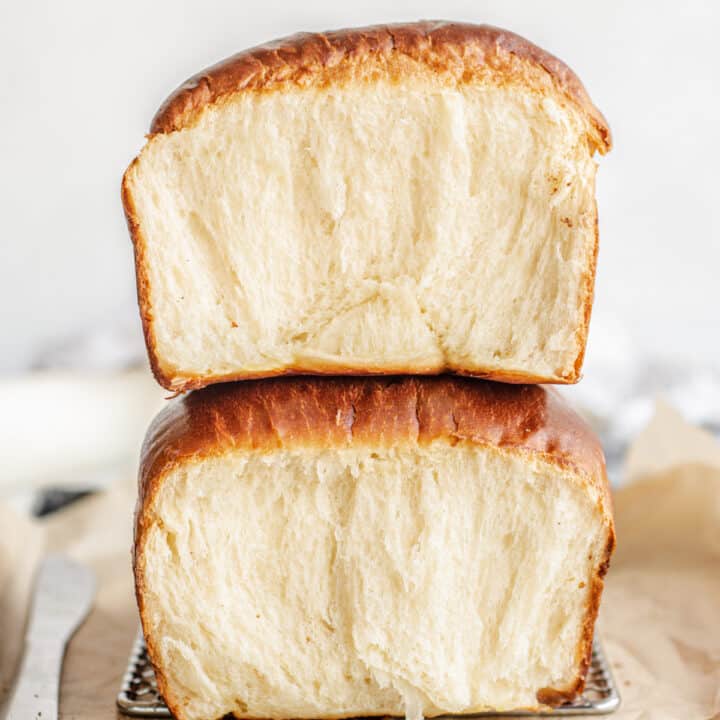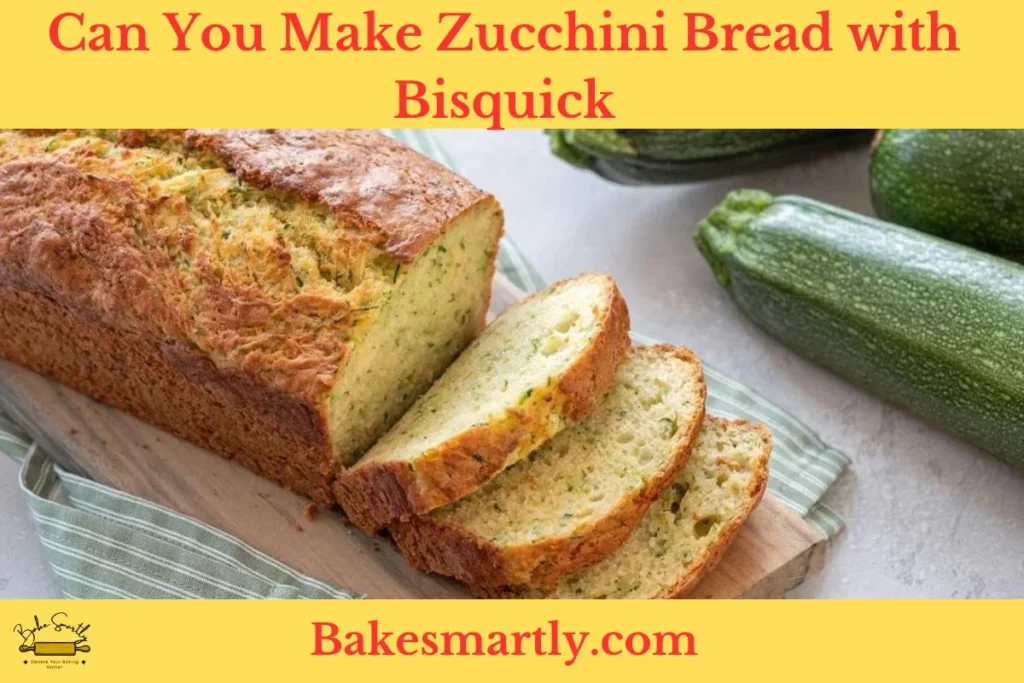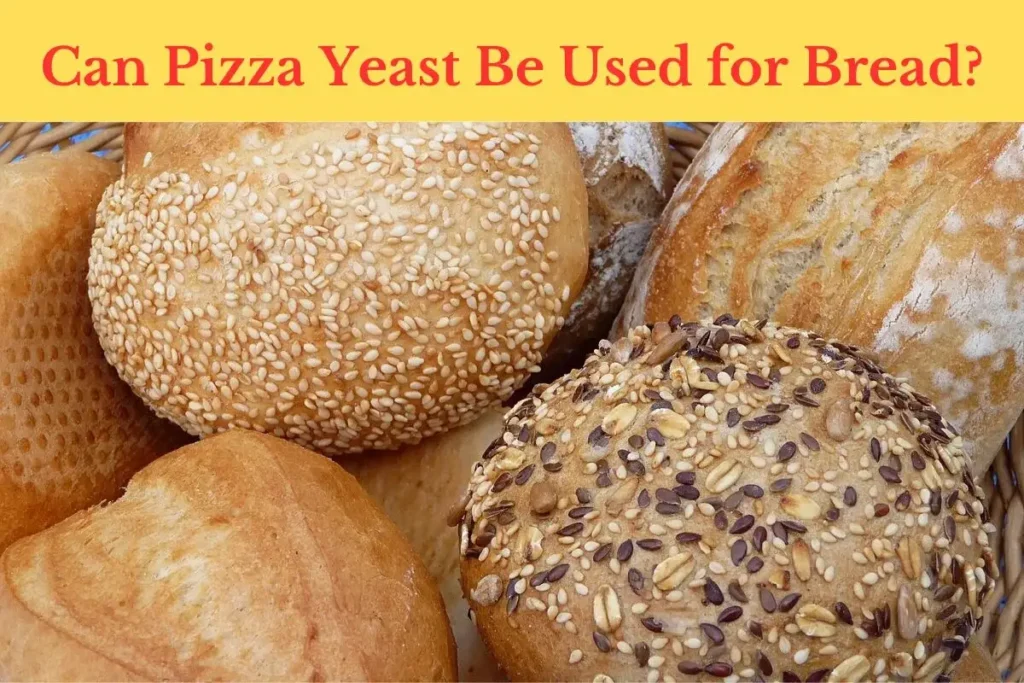
The Effects of Milk on Sourdough and Regular Bread
Bread is a staple food consumed by people all over the world. It comes in various forms and flavors, each with its unique characteristics and ingredients. Two popular types of bread are sourdough and regular bread. While the primary ingredients for both include flour, water, salt, and yeast, one significant difference between them is the inclusion of milk.
In this article, we will explore the effects of milk on sourdough and regular bread, discussing its impact on flavor, texture, and nutritional value. So, let’s delve into the fascinating world of bread-making and understand the role of milk!
Table of Contents
ToggleThe Role of Milk in Bread-Making
- Milk as an Ingredient: Milk is a versatile ingredient commonly used in baking to enhance the taste and texture of various products. When it comes to bread-making, the addition of milk can bring several benefits. It contributes to the overall richness and tenderness of the bread, giving it a softer and more delicate crumb. The proteins and fats present in milk help to create a moist and tender texture, resulting in a more enjoyable eating experience.
- Flavor Enhancement: One of the primary effects of milk on sourdough and regular bread is its impact on flavor. The natural sugars present in milk contribute a subtle sweetness to the bread, balancing out the tanginess of sourdough or adding depth to the flavor profile of regular bread. Additionally, milk contains lactose, which undergoes fermentation during the bread-making process, further enhancing the overall taste and aroma.
- Texture Improvement: Milk plays a crucial role in improving the texture of bread. The proteins in milk, specifically casein, contribute to a softer and more elastic dough, resulting in a lighter and less dense final product. The fats in milk also help to retain moisture in the bread, preventing it from becoming dry and crumbly. Whether it’s a fluffy slice of sourdough or a pillowy regular loaf, milk adds that desirable tenderness and moistness to the bread.
- Nutritional Value: In addition to its impact on flavor and texture, milk provides various nutritional benefits to bread. It is a rich source of essential nutrients such as calcium, protein, and vitamins. These nutrients not only contribute to the overall nutritional value of the bread but also provide important elements for the growth and maintenance of our bodies. Including milk in bread can be a convenient way to incorporate these nutrients into our diet.

The Effects of Milk on Sourdough Bread
Sourdough bread is known for its distinct tangy flavor and chewy texture. Adding milk to sourdough bread can introduce subtle changes to these characteristics while offering its unique benefits.
- Flavor Profile: The inclusion of milk in sourdough bread can mellow out its tanginess and create a more balanced flavor profile. The natural sweetness of milk helps to counteract the sourness of the dough, resulting in a slightly sweeter and more nuanced taste. This can make sourdough bread more appealing to individuals who prefer a milder flavor.
- Softness and Tenderness: Milk contributes to the softness and tenderness of sourdough bread. It adds moisture to the dough, resulting in a lighter and more delicate crumb. The proteins and fats in milk create a supple and elastic texture, making the bread easier to chew. These qualities make milk-infused sourdough bread an excellent choice for sandwiches and toast.
The Effects of Milk on Regular Bread
Regular bread, often referred to as white bread, is a classic and widely consumed type of bread. While it does not possess the distinct sourdough flavor, the addition of milk can have notable effects on its characteristics.
- Enhanced Moistness: Regular bread tends to be lighter and less moist compared to sourdough bread. By adding milk to the recipe, the bread gains an improved level of moistness. The fats in the milk help to lock in moisture, resulting in a softer and more supple texture. This makes regular bread more enjoyable to eat, especially when used for sandwiches or as a base for French toast.
- Increased Richness: The incorporation of milk into regular bread adds a touch of richness to its flavor. The fats and proteins in milk contribute to a more indulgent taste, making each bite satisfying and fulfilling. This enhancement of flavor can elevate the overall experience of consuming regular bread and make it a more desirable choice for various culinary creations.

Effect of Milk on Baking Time and Temperature
- Extended Baking Time: The inclusion of milk in bread recipes can affect the baking time. Due to the added moisture from the milk, the bread may require slightly longer baking time compared to recipes without milk. It is important to monitor the bread closely and adjust the baking time accordingly to ensure it is fully baked and achieves the desired texture.
- Lower Baking Temperature: Milk has a tendency to promote browning and crust development in bread. To prevent excessive browning or burning, it may be necessary to lower the baking temperature when using milk in bread recipes. This allows the bread to bake more evenly and avoids a overly darkened crust.
Effect of Milk on Shelf Life
- Prolonged Freshness: Incorporating milk into bread recipes brings notable benefits, particularly in extending the shelf life of the baked bread. Milk’s remarkable moisture-retaining properties serve as a safeguard against rapid dehydration, ensuring the bread remains moist and palatable for a prolonged duration. By preventing excessive dryness, the bread maintains its freshness, texture, and overall appeal, allowing individuals to relish its delightful taste over an extended period without compromising on quality. The inclusion of milk proves to be an invaluable ingredient, enhancing the longevity of bread and ensuring a satisfying culinary experience for all.
- Retention of Moisture: Milk plays a crucial role as a natural moisturizer in bread, effectively preserving moisture within the crumb. This inherent ability to retain moisture greatly influences the bread’s shelf life. By impeding rapid staleness or dryness, milk ensures that the bread maintains a softer texture over an extended period. The moisture-rich environment created by milk helps to lock in freshness, allowing individuals to savor the delightful softness of the bread for a more prolonged duration. With milk’s invaluable contribution, the bread remains a delectable treat, providing enjoyment long after it is baked.
- Storage Considerations: When using milk in bread recipes, it’s important to store the baked bread properly to maximize its shelf life. It is recommended to store the bread in an airtight container or a plastic bag at room temperature. This protects the bread from moisture loss and helps maintain its freshness.
- Freezing for Extended Storage: For even longer storage, consider freezing the milk-infused bread. Freezing the bread can preserve its freshness and quality for an extended period. Ensure the bread is properly wrapped in plastic wrap or placed in a freezer bag to prevent freezer burn. When ready to enjoy, thaw the bread at room temperature or gently reheat it.
Frequently Asked Questions
Does adding milk to bread affect its shelf life?
Can I substitute milk with a non-dairy alternative in bread recipes?
Does the type of milk used in bread-making matter?
How much milk should I add to my bread recipe?
Can lactose-intolerant individuals consume bread with milk?
The Effects of Milk on Sourdough and Regular Bread | Final Thoughts
In conclusion, the effects of milk on sourdough and regular bread are significant in terms of flavor, texture, and nutritional value. Milk enhances the taste by providing natural sweetness and balancing the tanginess of sourdough or adding richness to regular bread.
It contributes to a softer and more tender texture, making the bread more enjoyable to eat. Additionally, milk brings important nutrients to the table, enriching the overall nutritional profile of bread. So, whether you’re a fan of sourdough’s tang or regular bread’s simplicity, consider incorporating milk into your next baking adventure for a delightful twist!
Lindsey Mackenzie
About me
Hi there! I’m Lindsey Mackenzie, the founder of Bake Smartly. Baking has been my passion since childhood, growing up in my father’s bakery. With Bake Smartly, I’m excited to share my love for all things sweet and savory. Join me on this delicious journey as we whip up scrumptious treats and sprinkle joy into every bite!






